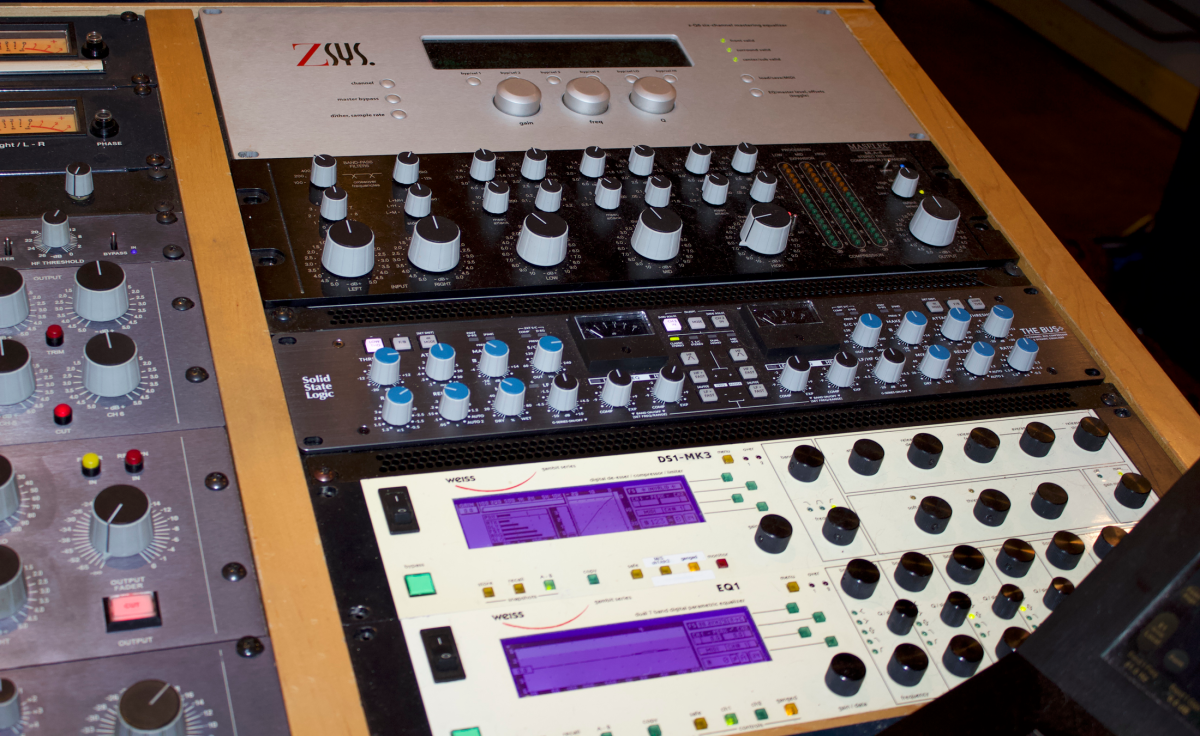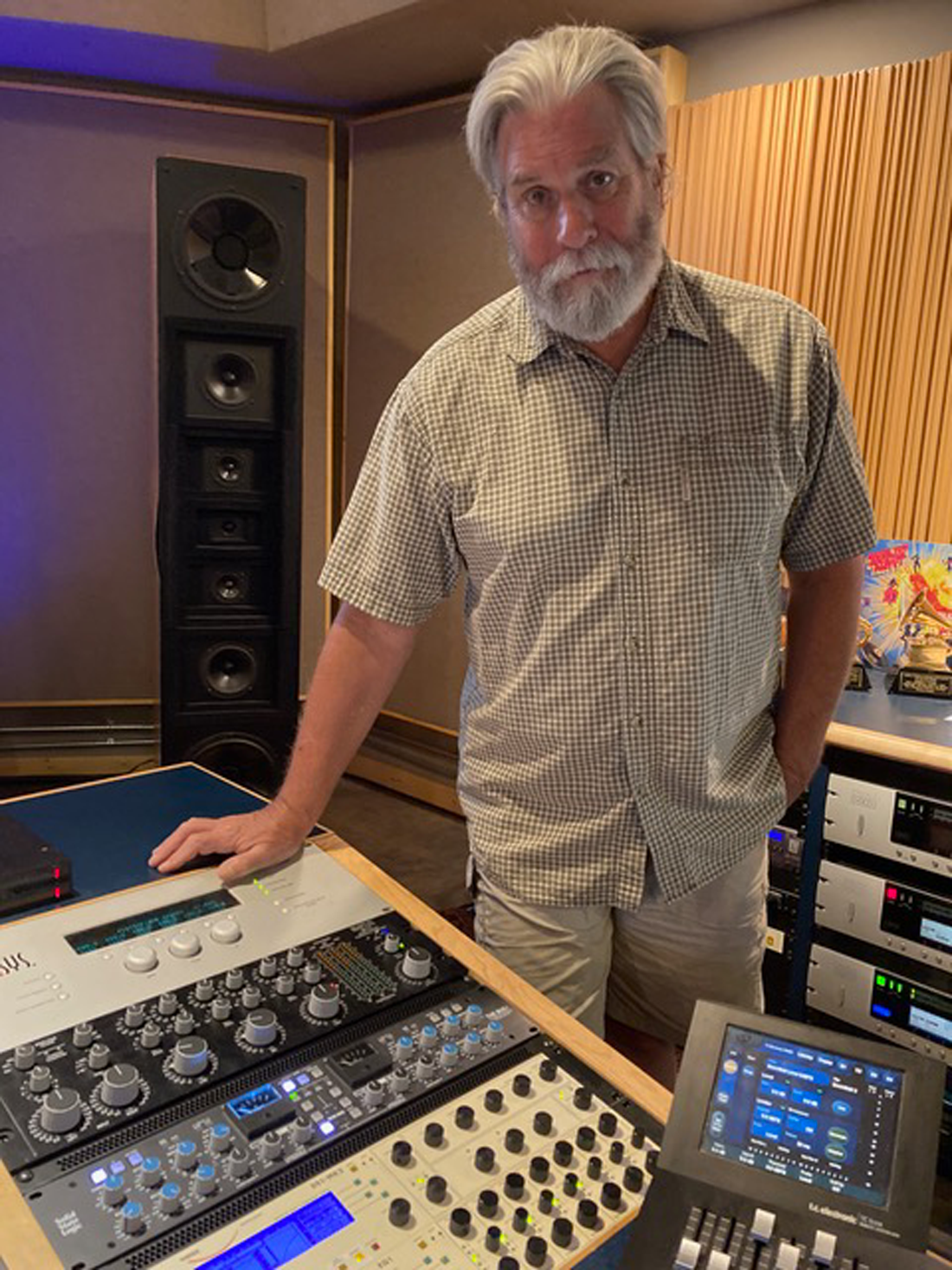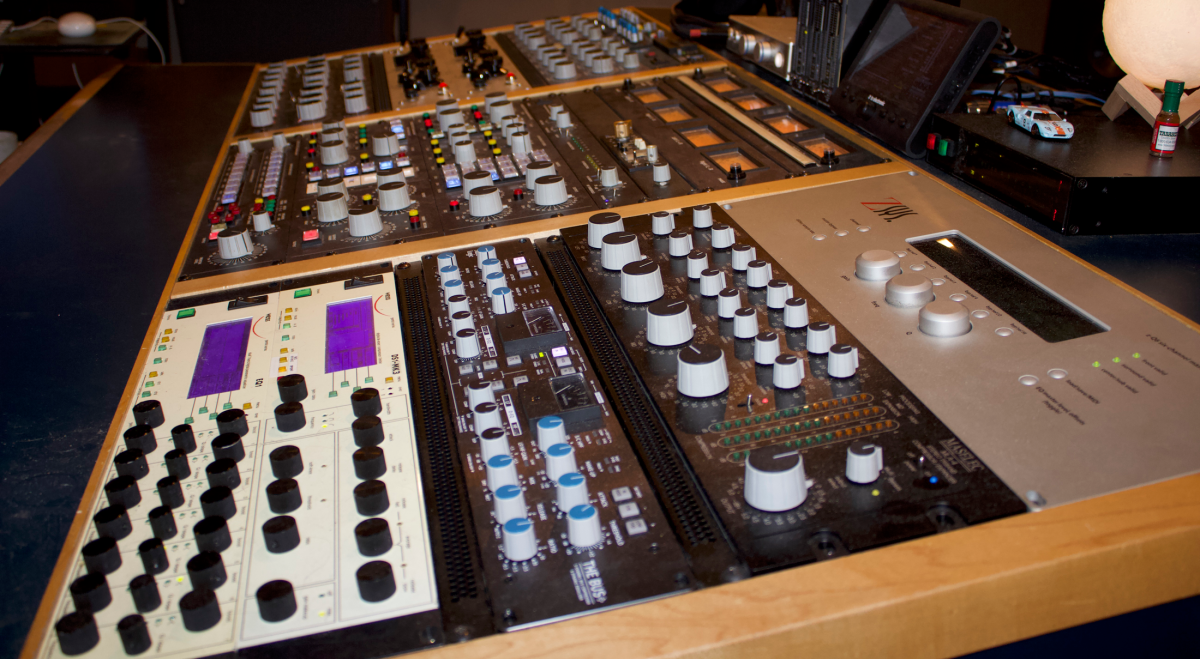David Glasser, the Grammy Award-winning founder and chief engineer of Airshow Mastering, has had a Solid State Logic XLogic Multichannel Compressor in his console for about 15 years and has appreciated its iconic sound. When the company launched THE BUS+ in early 2022, he saw an opportunity to bring the legendary glue and punch of SSL’s classic compressor to even more of his projects.
A diverse, acoustic-centric catalog
Glasser masters and remasters projects across a wide variety of music genres, from hard rock to jazz. He founded Airshow in 1983, expanded from Virginia to Colorado in 1997, and currently works out of the new facility he built in Boulder in 2016. Over the years, Glasser has developed a well-deserved reputation as a go-to mastering and remastering engineer for acoustic music, both modern day and from the catalog, especially Americana, traditional bluegrass and contemporary jamgrass. His two Grammy Awards to date have been in the Best Historical Album category, for a compilation of American folk, blues and country music originally released in 1952 and a collection of the remastered recorded works of blues singer Charley Patton, who passed away in 1934.
SSL has developed THE BUS+ as the most versatile incarnation of its famed bus compressor, also adding a variety of unique coloration options. As a result, THE BUS+ can provide anything from the clean punch of the SuperAnalogue 9000 Series to the grit and grunge of the 4000E and over-the-top, saturated parallel drum compression.



